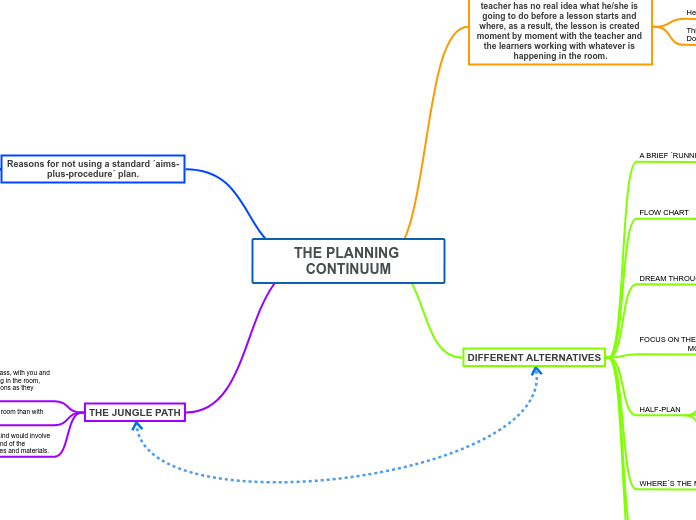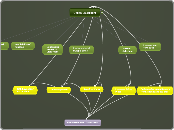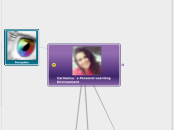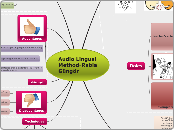av Aime Trujillo Salazar 4 år siden
125
TrujilloAimé_ACT3.2_AlternLessPlan
Teaching without a traditional lesson plan can offer greater flexibility and responsiveness to students’ needs. This approach allows teachers to create a specific atmosphere and build rapport with learners, adapting to the dynamic flow of the classroom.









